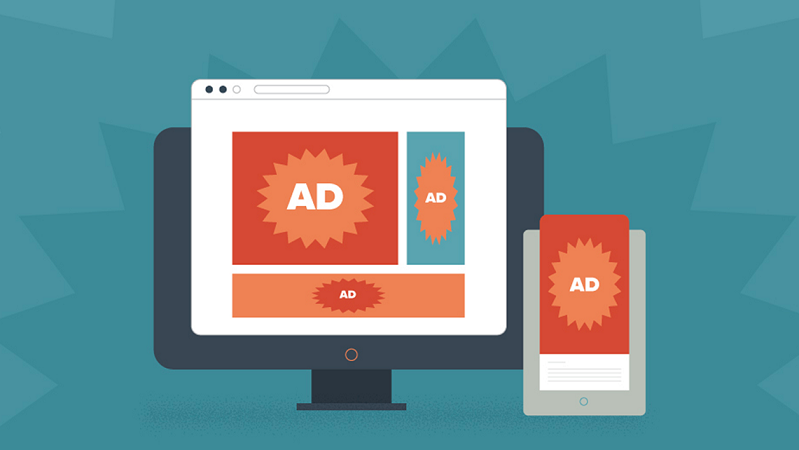IAA Games: Maximizing Revenue with In-App Ads

The world of mobile games has evolved significantly, and with this growth, developers have found innovative ways to generate revenue. One such model gaining significant traction is the use of In-App Advertising (IAA) in games. IAA games are those that integrate advertising into the gaming experience, enabling developers to achieve Mobile Game Monetization without relying entirely on in-app purchases. But how do these games work, and what strategies can you implement to maximize their potential? Let's dive into the world of IAA games and explore the key aspects of making them profitable.
1. Understanding IAA Games
IAA games are mobile games that use advertisements as their primary revenue model. Unlike traditional pay-to-play or in-app purchase games, IAA games provide a free gaming experience and make money through ads displayed during gameplay. These ads can come in various formats, such as rewarded videos, interstitial ads, banners, or native ads.
One of the main reasons developers prefer IAA games is that they provide a wider player base. Since the game is free-to-play, more users are likely to download and engage with it. This larger user base allows for more ad impressions and Maximizing Ad Revenue through higher overall engagement.
2. Types of In-App Ads in IAA Games
There are several types of in-app ads that can be integrated into IAA games. Each ad format serves a different purpose and offers various advantages for both the developer and the player:
-
Rewarded Video Ads: These ads offer players rewards in exchange for watching a video. This is one of the most popular ad formats in IAA games as it benefits both players and developers. Players enjoy the opportunity to earn extra in-game currency or items, while developers benefit from higher engagement and Game Revenue Optimization.

Interstitial Ads: Full-screen ads that appear between levels or during game transitions. While these ads can be disruptive, they are highly effective in generating revenue when placed at strategic points.

Banner Ads: These are small ads typically displayed at the top or bottom of the screen while players are actively engaged. Although they do not generate as much revenue as other formats, they provide a continuous, low-level stream of income.

Native Ads: Ads that blend seamlessly into the game's content and design. These ads are less intrusive and provide a natural experience for players, often driving higher engagement.

3. Effective Monetization Strategies for IAA Games
Monetizing IAA games requires a well-thought-out strategy. Simply placing ads randomly is not enough to achieve mobile game monetization at scale. Here are some proven strategies:
Ad Frequency Control: Balance is key. Too many ads can frustrate players, but too few can reduce revenue. Maintaining the right ad-to-play ratio is critical.
Segmenting User Experience: Different players have different engagement levels. Offering tailored ad experiences helps Game Revenue Optimization. For example, highly engaged players may accept more rewarded ads in games, while casual players prefer fewer interruptions.
Offering Ad-Free Options: Allowing users to pay for an ad-free version creates an additional revenue stream while enhancing player satisfaction.
-
Timing and Placement: Showing interstitial ads at natural breaks (e.g., between levels) reduces disruption and improves retention.
4. User Engagement and Retention in IAA Games
One of the biggest challenges in IAA games is maintaining player engagement while displaying ads. Developers must focus on creating a rewarding experience:
Rewarding Players for Watching Ads: Incentives like extra lives or exclusive items ensure players view ads willingly.
-
Personalizing Ads: Through programmatic advertising for games, developers can deliver more relevant ads that increase engagement and conversions.
5. Avoiding Ad Fatigue
Ad fatigue is a serious issue in IAA games. If players see the same ads too often, they may abandon the game. To improve Ad fatigue prevention, developers should:
Vary Ad Content: Use diverse ads to keep players interested.
-
Limit Ad Frequency: Avoid overwhelming users; instead, strategically space out ads to maintain engagement.
Conclusion: Maximizing IAA Game Potential
IAA games present a powerful opportunity for developers to monetize effectively through in-app advertising. By integrating multiple ad formats, leveraging DSP for game developers, and applying smart strategies in ad frequency and placement, you can drive sustainable growth.
For developers seeking to scale faster and achieve global reach, choosing the right ad network is crucial. NetMarvel Media Placement Service empowers mobile game developers with advanced AdTech, programmatic solutions, and global reach to drive both user acquisition and revenue growth.
Ready to maximize your game's potential? Partner with NetMarvel DSP today and take your IAA game to the next level.
FAQ
Q1: What are the most effective ad formats for mobile games?
Rewarded video ads and interstitials are generally the most effective, balancing revenue generation with user experience.
Q2: How do rewarded video ads benefit both players and developers?
They provide players with in-game rewards while giving developers higher engagement rates and better monetization results.
Q3: How can I prevent ad fatigue in my mobile game?
Diversify ad formats, personalize content through programmatic advertising for games, and control frequency to avoid overwhelming players.









